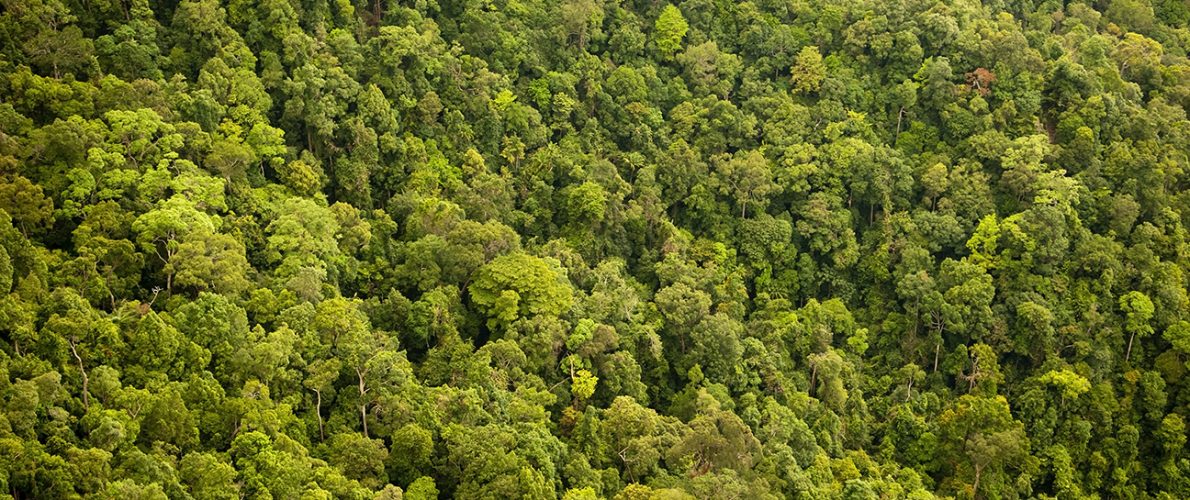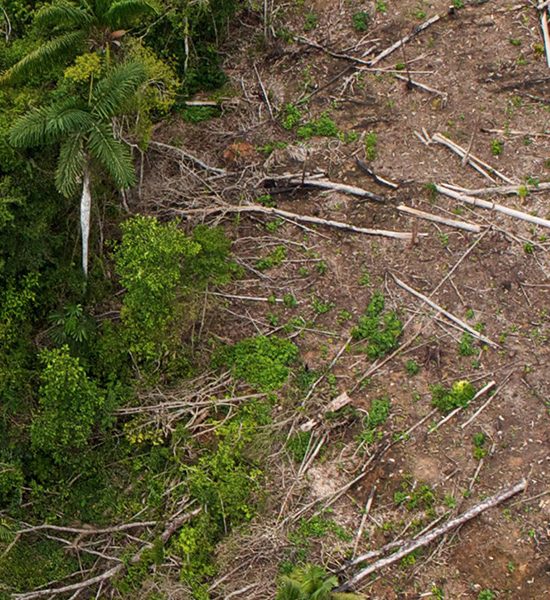
Protecting Southeast Asia’s Rarest Wildlife
Support More Work Like ThisSupport More Work Like ThisRainforest Trust is working in collaboration with KESAN to establish the Mae Nyaw Kee Protected Area while providing the resources and long-term capacity to counter the rising threat of illegal activities, such as poaching.
-
Species at Risk
Tiger (EN), Asian Elephant (EN), Phyres Leaf Monkey (EN), Sunda Pangolin (CR), Chinese Pangolin (CR)
-
Carbon stored
(Not Calculated)*
*(metric tons of CO2 equivalents) -
Partner
Karen Environmental and Social Action Network (KESAN)
-
66,965 Proposed Acres Conserved by
Designation
-
Project Cost: $307,379

66,965
Rainforest Trust is working in collaboration with KESAN to establish the Mae Nyaw Kee Protected Area while providing the resources and long-term capacity to counter the rising threat of illegal activities, such as poaching.
-
Species at Risk
Tiger (EN), Asian Elephant (EN), Phyres Leaf Monkey (EN), Sunda Pangolin (CR), Chinese Pangolin (CR)
-
Carbon stored
(Not Calculated)*
*(metric tons of CO2 equivalents) -
Partner
Karen Environmental and Social Action Network (KESAN)
-
66,965 Proposed Acres Conserved by
Designation
-
Project Cost: £231,116

66,965
Bordered by the soaring peaks of the Himalaya, traversed by some of Asia’s mightiest rivers and blanketed in forests, Myanmar is one of Southeast Asia’s most diverse countries.
Sitting in the heart of the Indo-Burma Hotspot – a globally recognized biodiversity hotspot – the country is a stronghold for a variety of wildlife that has become rare elsewhere in the region. After decades of international isolation, Myanmar is opening up again to the greater global community. Within this context, a series of reforms have been initiated to attract foreign investment and stimulate economic growth. With Myanmar now being touted as Asia’s ‘last economic frontier,’ it has become the focus of growing multinational interest in the country’s untapped natural resources.
Karen State, in eastern Myanmar along the Thai border, holds large swaths of remote pristine forest areas and isolated forest communities. These areas have been sustainably managed by Karen communities for centuries and hold many endangered Southeast Asian wildlife species such as Asian Elephants, Tigers and several primate and pangolin species – all rare now in other parts of Myanmar and neighboring countries.
Increasing demand for illegal wildlife products makes protection more urgent than ever for these forests. The local partner Karen Environmental and Social Action Network (KESAN) aims to ensure both national and global recognition of their protected areas and wildlife protection strategies through the Karen Wildlife Conservation Initiative (KWCI) developed in 2012. The KWCI identified Mae Nyaw Kee as an area urgent for protection due to the number of high value species in the area. Rainforest Trust is working in collaboration with KESAN to establish the Mae Nyaw Kee Protected Area while providing the resources and long-term capacity to counter the rising threat of illegal activities, such as poaching.
Explore Myanmar

Sunda Pangolin (CR) Courtesy of Chien Lee

Asian Elephant

Indian male Tiger, by Ondrej Prosicky
Biodiversity
Due to the region’s isolation and remote rugged terrain, Karen State still contains large areas of pristine forests that are abundant in Asian wildlife.
Wildlife surveys and camera traps in the proposed project area have recorded species such as Asian Elephant, Tiger, Dhole, Banteng, Phayre’s Leaf-monkey and two species of Pangolin – the Sunda and Chinese – both of which are Critically Endangered. In addition to mammals, many species of reptiles and amphibians are found within the project area including the Big-headed Turtle and Elongated Tortoise, both listed as Endangered by the IUCN. A wide variety of bird species, including the beautiful and Endangered Green Peafowl also call the forests here home. As the area is little explored and understudied, it is likely that new species wait to be described with further field surveys.
Challenges
Indigenous Karen communities have managed their forests for generations and are largely dependent on these resources.
The Karen people have an innate understanding of sustainable hunting and consumption, and maintain a deep cultural respect for many of the wildlife species present. The main challenge facing Karen lands comes from poaching of endangered wildlife, although this threat is being mitigated by the operation of wildlife protection units. The teams of highly trained members of the local communities conduct regular patrols.
Communities
All local communities in the project area are indigenous Karen subsistence farmers. The Karen people are principally Christian and Buddhist, however strong animist beliefs that instill a value for nature and wildlife persist in these communities.
These beliefs have undoubtedly ensured the survival of many key species in Karen State’s forests. Local communities, while excited by the possibility of increased prosperity from economic development, are still mindful of their relationship to their land and the wildlife that lives amongst them. KESAN currently undertakes community outreach activities with the local Karen community, employing local villagers to assist in wildlife and forest conservation surveys. Community development and education programs as well as agricultural assistance and alternative livelihood programs ensure ongoing community commitment to conservation.
Solutions
Despite the incredible biodiversity found across Karen State, the area’s forests remain unprotected.
To save this vital habitat for Endangered Asian Elephants, Tigers, and other threatened species, Rainforest Trust is working with local partner, Karen Environmental and Social Action Network (KESAN) to create the new Mae Nyaw Kee Protected Area and bolster support for wildlife protection units. The new reserve will protect 66,965 acres of subtropical broadleaf forest and will be managed by the indigenous Karen community. Conservation efforts with KESAN will focus on collaborative management and capacity building in the form of patrolling and law enforcement, protected area infrastructure and awareness programs. While the Mae Nyaw Kee Protected Area designation process continues, additional community patrol teams will be recruited and trained to establish protection for endangered species in the new reserve. Meanwhile, a series of stakeholder workshops will be conducted and demarcation of reserve boundaries established. Long-term protection efforts will emphasize community integration, further empowering local Karen people as stakeholders in conservation efforts through regular biological monitoring and development programs. By strengthening community-based conservation efforts of Karen lands, one of the most intact and wildlife-rich ecosystems remaining in all of Myanmar and Southeast Asia will achieve the protection it so urgently needs.

We Value Transparency.
Conservation work is critical, challenging, and can be costly. We work hard to ensure we raise only the funds needed for each project. In the rare case we raise more money than needed or a project comes in under budget, excess monies will be transferred to the Conservation Action Fund. This fund supports our important conservation work throughout the tropics.
Learn more about the Conservation Action FundLearn more about the Conservation Action Fund



Partnering to Save Rainforest
Our partners’ ability to work with their governments and build strong connections with local communities ensures the successful implementation of our projects.
Learn More About This PartnerLearn More About This Partner
